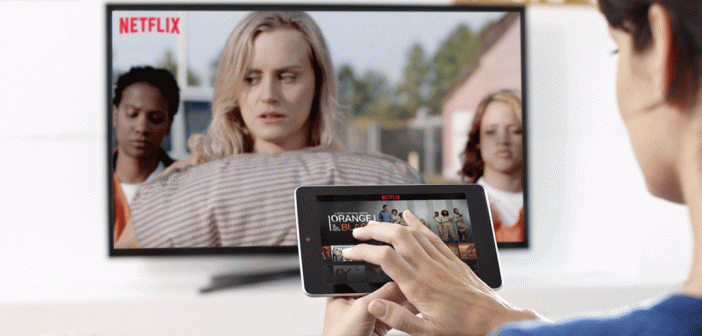Video viewers report their video consumption on smartphones has increased year on year
Mobile screens are regularly being tapped for streaming longer-form video, according to a new comprehensive survey of consumers from 24 countries around the world who watch smartphone video, published by the Interactive Advertising Bureau (IAB).
Altogether, 36% of total respondents said they watch videos that are fiveminutes or longer on their phones daily or more frequently. Smartphone video viewers in Turkey, Finland, China, Russia and Singapore are particularly frequent viewers of such videos.
Even longer programming, such as movies and full length television show episodes, are also viewed by audiences on mobile devices, with Chinese viewers being the most inclined to watch both films and TV shows on their mobile screens.
Whether short or long or in-between, substantial numbers of video viewers report their video consumption on smartphones has increased year on year in all of the study’s participating nations, with the most prominent upticks being seen in the US (50%), Canada (42%), New Zealand (42%), South Africa (42%), and the U.K. (40%). This trend is also impacting traditional television viewing across the board, with consumers in China (37%) and Singapore (35%) reporting the highest incidence of watching less TV due to streaming more on mobile.
When mobile video viewers do watch traditional television, however, 22% are regularly doing so while watching video simultaneously on their phone. This video dual-screening tendency is evident across all markets measured, with the exception of Japan.
“The popularity of digital video is evident across small screens the world over,” said Anna Bager, senior vice president mobile and video, IAB, and general manager of the IAB Digital Video and Mobile Marketing Centres of Excellence. “The fact that people are not only watching short snippets of programming, but committing to longer form content on their phones, opens doors for brands to be part of this impressive mobile engagement. However, the finding that viewers around the world are now video dual screening while watching TV, points to an emerging challenge for marketers: How do you grab a viewer’s attention when it’s divided between two simultaneous video feeds?”
Across the 24 countries in the survey, there are several common ways that mobile video viewers discover digital video to view on their phones, including: YouTube (62%); social media platforms (33%); search results (20%); advertising (14%). When looking for mobile video to watch, advertising has even more influence in the US (22%) and Canada (18%).
Apps are indisputably the main method for viewing mobile video in each of the markets studied. Nearly half of respondents overall (48%) said that they “only” or “mostly” use mobile apps to stream video on their phones, with the UK (63%), Brazil (60%), and Turkey (58%) leading the trend. By contrast, across the survey sample only 18% said they “only” or “mostly” use mobile websites to view video.
More than a quarter (28%) of viewers across the participating countries said that they often see ads on mobile video that they’ve already seen on TV. Numbers climb higher in France (38%), Turkey (36%), Finland (35%) and the US (35%).
But, marketers might be missing out with this approach, since over 80% or more of consumers in most markets expressed interest in any kind of tailored ad versus “I prefer no tailoring of ads at all.” The findings point to the importance of ads being relevant to the content of the video being watched, but also show viewing history being a significant factor, especially in the US and Canada.
“Audiences around the world are overwhelmingly open to mobile video advertisements that relate to their context and viewing patterns,” said Joe Laszlo, senior director, IAB Mobile Marketing Centre of Excellence. “Clearly, this is a real boon to global marketers that want to ensure they reach the audience segments most likely to be interested in their products or services.”
In addition to advertising, the study shows that there is potential for mobile video monetisation through subscription and pay-on-demand models. In several markets viewers already demonstrate a willingness to pay for video content that is streamed to phones: China (33%); UK (25%); Canada (23%); US (23%); Australia (21%).
There are barriers to overcome for further success in pay-for models, and much need to grow mobile video advertising revenue. Altogether, 78% of respondents overall stated that they would rather have free mobile video supported by ads.





